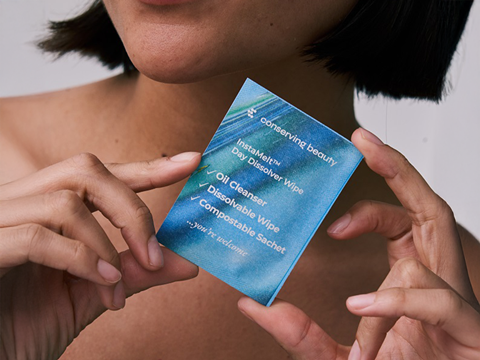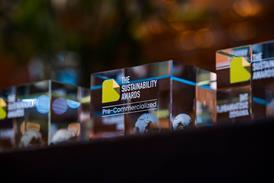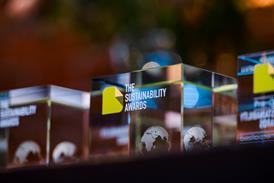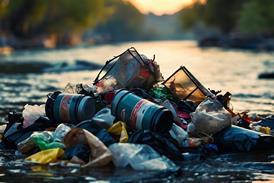
Australian-based brand Conserving Beauty has announced it will be using Futamura’s renewable and compostable NatureFlex films in the sachet packaging for its dissolvable cleansing wipes.
Conserving Beauty is utilizing Econic compostable packaging sourced from New Zealand company Convex for its products, with the sachet material including a layer of NatureFlex from Futamura, laminated to paper and another biofilm for hermeticity.
The NatureFlex films are reportedly produced from renewable wood pulp, harvested from responsibly managed plantations and meet all the relevant standards for industrial composting, including AS4736, EN13432 and ASTM D6400. They are also said to be certified for home composting according to the Australian home composting standard AS5810, to the French standard by Din Certo and to OK Compost Home protocol.
Futamura says the films provide an ‘excellent barrier’ to aroma, gas, and moisture. The company adds that the new laminate structure runs well on the sachet lines and efficiently wraps the wipes, with its moisture barrier protecting the product until it is used by the consumer.
Tamaki Kaga, regional sales manager at Futamura, commented: “we are very pleased that our NatureFlex film has been chosen to be part of this solution for Conserving Beauty. Conventional structures for this type of product would have used combinations of plastics and foil, rendering them unrecyclable. Our renewable and compostable films are a good choice for this type of application, enabling a valid end of life option.”
Futamura’s NatureFlex film was also used by Green Heart Solutions last year to produce compostable flexible sachets for Chilean producer Soy Silvestre’s wheatgrass shots. Aiming to avoid single-use plastics, the solution was expected to unlock automated packaging and sufficient product protection throughout its life cycle.
In similar news, Parkside developed fully compostable packaging for Bird & Blend’s loose tea bags, made from bio-based paper and Futamura’s metallicized NatureFlex cellulose films. Said to offer optimal barrier performance, the materials reportedly return to the soil without having any adverse effects on the environment.
If you liked this story, you might also enjoy:
The ultimate guide to the Packaging and Packaging Waste Regulation in 2024
How are the top brands progressing on packaging sustainability?
Sustainable Innovation Report 2024: Current trends and future priorities
Everything you need to know about global plastic sustainability regulation





















No comments yet